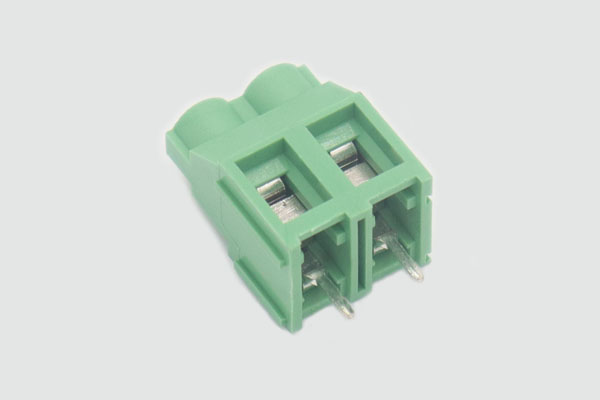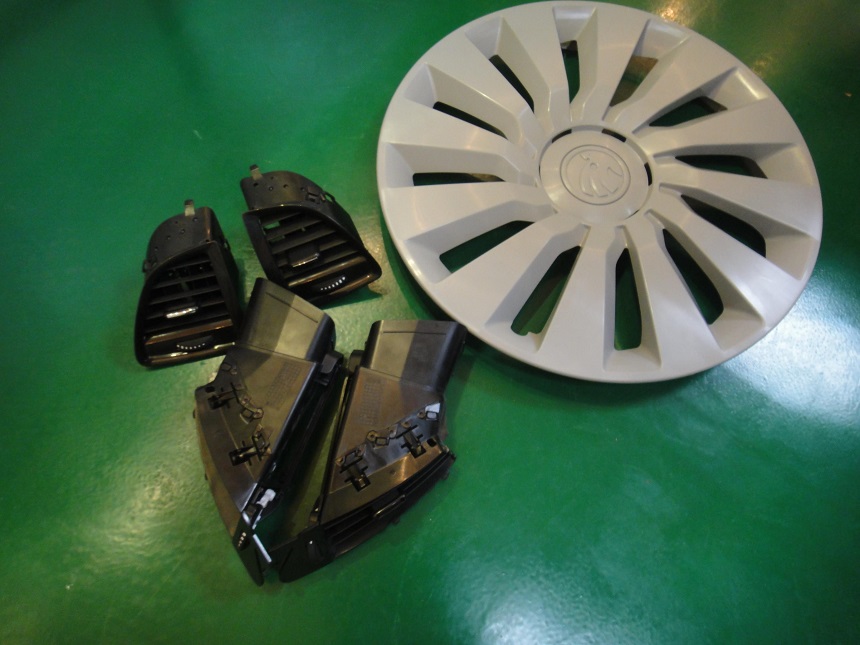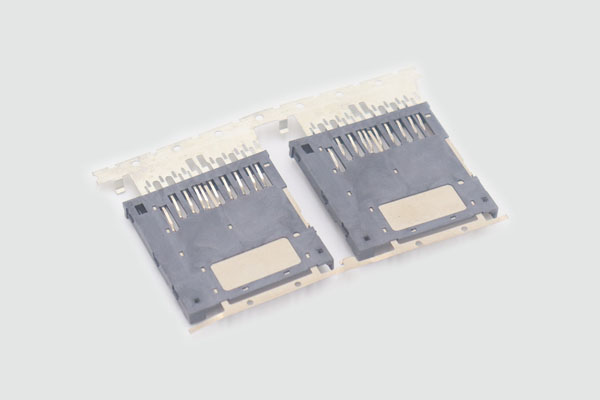Over Molding vs. Insert Molding: A Complete Guide
Insert molding and over-molding are two popular methods for creating molded parts. But what’s the difference between the two? And which one is right for your project?
In this comprehensive guide, we’ll answer all your questions about insert molding and over-molding. We’ll help you understand the differences between the two processes and show you when to use each one.
Whether you’re looking to create a custom plastic part or just curious about the difference between insert molding and over-molding, this blog has everything you need to know.

Molding Process
Insert molding and over-molding are both ways of creating molded parts. However, there are some differences between the two processes.
Insert molding requires injecting a pre-formed part into a mold and then adding injection-molded material around it. You can use it to create parts with complex geometries.
Over molding, on the other hand, involves adding an injection-molded object onto a substrate. You can also use over-molding to add different textures or colors to a product.
Selecting The Right Material
Struggling to choose the perfect material for your injection molding process? We can help you out! Firstly, you’ll need to decide if you want to make your parts from one or multiple materials. If you’re looking for a single-material solution, either insert molding or over-molding will work. However, over-molding is better if you need a part made from various materials.
You must also consider the type of material you want to use. Insert molding is normally used with thermoplastic materials, while you can use over-molding with thermoset materials. Thermoplastic materials are easy to use and have a briefer cycle time, so they’re often used for insert molding. Thermoset materials are more durable and have superior heat resistance, making them an excellent choice for outdoor products.
You’ll also have to evaluate the properties of the material you’re using. Some materials are stiffer than others, and some are more flexible. You’ll need to choose a material with the correct properties that meet your needs. Rigid materials are typically better suited for insert molding, while flexible materials are better suited for over-molding. We suggest you connect with an experienced injection molding manufacturer who can guide you.
Production Speed
Over-molding is the way to go if you’re looking for a quick and efficient way to produce molded parts. Over molding is a fast process that you can use to create a wide variety of complex products.
Insert molding can be time-consuming because you’ll have to build two layers individually, and you’ll have to attach them carefully. Unlike insert molding, over-molding is a quick process in which you have to manufacture only a single piece.
With the global supply chain clogged down, your company must use innovative strategies to speed up your manufacturing processes. Tweaking your manufacturing process can help you get ahead of your competitors and amplify your market share.
Application
Over and insert molding processes are popular because of their vast applications. We’ve listed some of their applications to help you understand how these processes can be valuable for your company.
Automotive Parts
Insert molding and over-molding are two common methods for creating molded parts, especially in the automotive industry. You can use insert molding to create small products with complex shapes as it enhances your degree of accuracy. Here’s a list of automotive parts you can make by using insert molding:
- Battery
- Knobs
- Dashboard panels
- Car motors

Cosmetic Products
You can make several cosmetic products using insert molding. In this process, a pre-formed part is put into a mold, and then molten plastic is infused around it. The process creates a molded part with a stable surface.
However, over-molding may be the better option if you need a cosmetic product with a grippy texture. In this process, a substrate material is first molded and a second layer is sculpted over it. The process can assist you in creating a variety of different textures and finishes.
Electrical Appliances
You can use insert and over-molding processes to build accurate prototypes for electrical appliances. Making prototypes rather than the final product is time-consuming. However, it can help you identify potential problems beforehand. You can address the errors during the production procedure and tweak them accordingly to create the perfect electrical product for your customers.
In today’s cutthroat electrical market, building an error-free product is crucial if you want to gain your client’s trust. This is why we recommend using injection molding to build prototypes before launching the part on the market.

Cost
Undoubtedly, manufacturing costs are skyrocketing globally. Amidst such challenging circumstances, every firm must keep a close eye on their costs and switch to cost-effective production methods as soon as possible.
When it comes to molding costs, over-molding is typically more expensive than insert molding. Over-molding requires two separate molds – one for each type of material – while insert molding only requires one.
However, the total cost of your project will also depend on the specific materials you’re using and the number of parts you need. So, consider getting quotations from numerous suppliers before making a final decision.
We recommend conducting thorough research before selecting an injection molding manufacturing company. You should check out their online testimonials and talk to previous clients before finalizing your decision. You should choose a manufacturer that provides affordable parts and doesn’t compromise quality standards.
Get Plastic Injection Molding Parts at Affordable Rates
Struggling to conduct molding processes on your own? You’ve come to the right place! The team at PTMS can guide you at every step of the process. As an experienced plastic injection molding manufacturer, we can timely deliver plastic, silicone, metal stamping, and die casting parts at affordable rates.
We provide custom plastic injection molded parts for our clients in Europe, America, Australia, Russia, and Japan. Our plastic injection molding company is based in China, and has received ISO9001-2008 certification since 2002.
Reach out to the representatives at PTMS for more details about our plastic injection molding parts.
